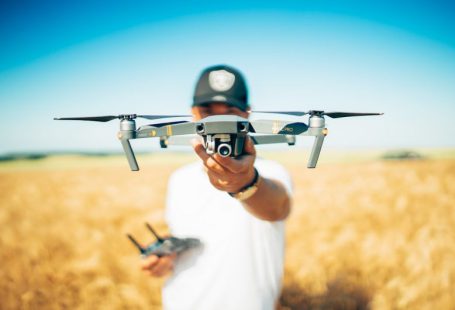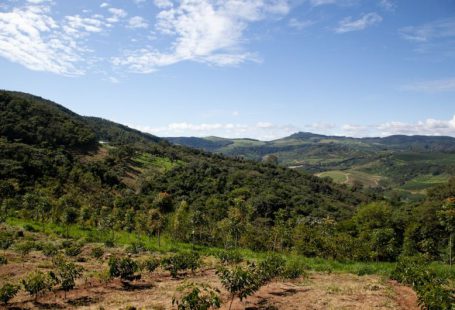In a world where technology continues to shape and revolutionize various industries, the realm of food production has not been left behind. 3D food printing is a cutting-edge technology that has the potential to transform the way we prepare and consume food. This innovative approach to food creation involves the layer-by-layer deposition of edible materials to produce three-dimensional food products. As we delve into the world of 3D food printing, let’s explore its implications, benefits, and challenges.
The Advent of 3D Food Printing
The concept of 3D printing originated in the 1980s, primarily in the manufacturing and engineering sectors. However, the application of this technology to food production is a relatively recent development. The ability to create intricate and customized food items using 3D printers opens up a world of possibilities in gastronomy. From personalized chocolates to intricate sugar sculptures, the potential for creative culinary creations is endless.
Customization and Personalization
One of the key advantages of 3D food printing is the level of customization it offers. Traditional food production methods often rely on standardized processes that limit the degree of personalization. With 3D food printing, chefs and food manufacturers can tailor food products to individual preferences and dietary requirements. This level of customization not only enhances the dining experience but also opens up new avenues for personalized nutrition.
Nutritional Enhancement and Sustainability
3D food printing has the potential to revolutionize the way we think about nutrition and sustainability. By carefully controlling the composition of food materials and incorporating functional ingredients, such as vitamins and minerals, 3D printers can create food products that are not only delicious but also nutritionally optimized. Furthermore, the precise nature of 3D printing reduces food waste and energy consumption, making it a more sustainable alternative to traditional food production methods.
Challenges and Considerations
While the promise of 3D food printing is undeniable, there are several challenges that need to be addressed before this technology can become mainstream. One of the primary concerns is the cost and accessibility of 3D printers, which are currently prohibitively expensive for many consumers and businesses. Additionally, the regulatory landscape surrounding 3D printed food products is still evolving, raising questions about food safety and labeling requirements.
The Future Landscape of Food Production
As 3D food printing continues to evolve and mature, it has the potential to fundamentally transform the way we produce and consume food. From personalized meal plans tailored to individual dietary needs to sustainable food production methods that minimize waste, the possibilities are endless. In the coming years, we can expect to see 3D food printing technology integrated into commercial kitchens, restaurants, and even home appliances, making customized, nutritious, and sustainable food options more accessible to consumers worldwide.
Embracing the Future of Food
The future of food is undoubtedly intertwined with technology, and 3D food printing represents a significant step forward in reimagining how we approach food production and consumption. While there are challenges to overcome and questions to address, the potential benefits of 3D food printing are vast. By embracing this innovative technology and exploring its creative possibilities, we have the opportunity to shape a more personalized, nutritious, and sustainable future for food.





